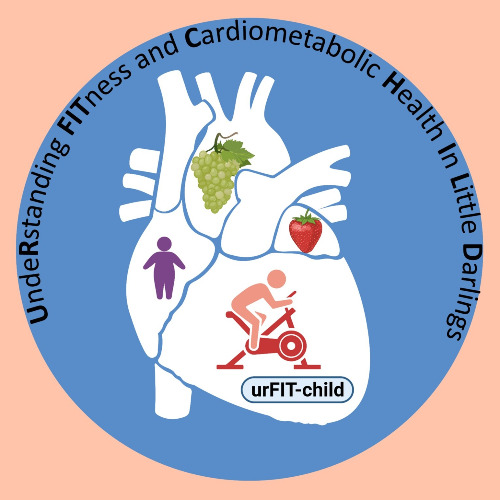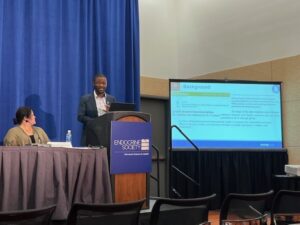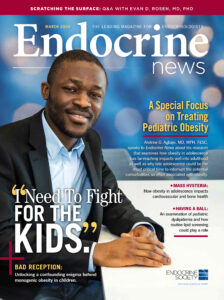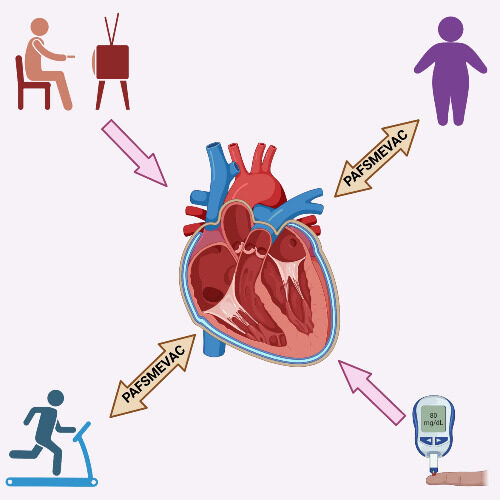
Physical Activity, Fitness, and Sedentariness with MEtabolic, VAscular, and Cardiac health in pediatric population (PAFSMEVAC)
Funders
Main funder

Other funders
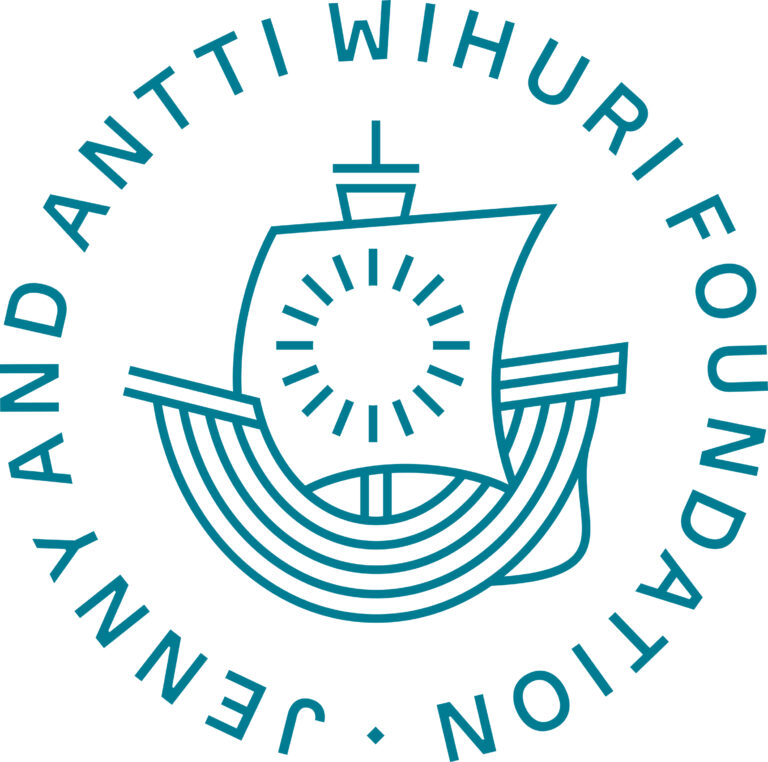

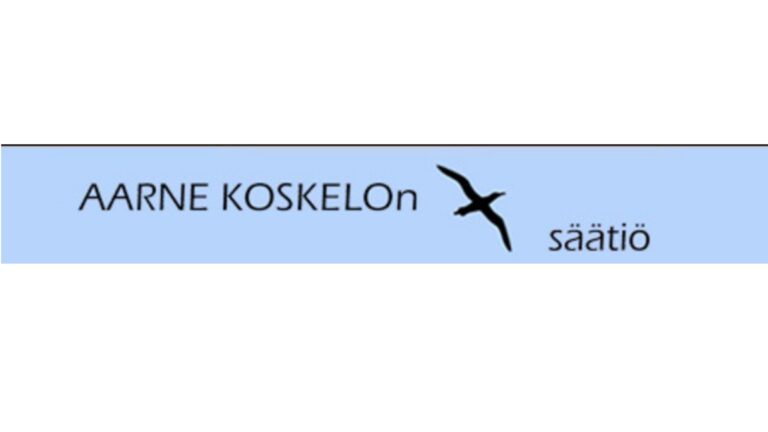
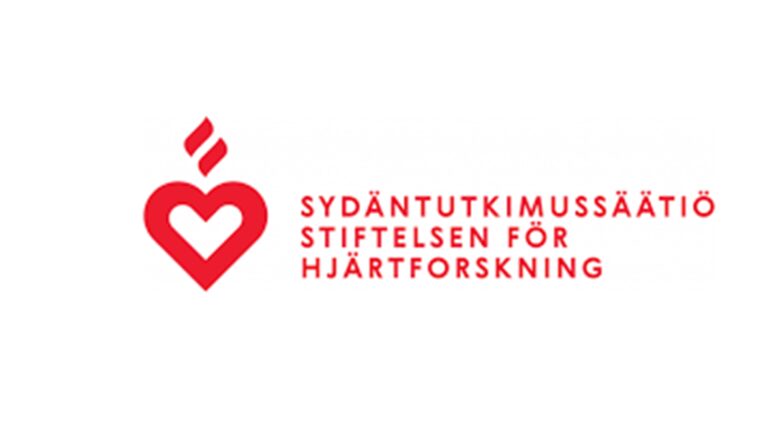



Leaders
Research group Website https://urfit-child.com
andrew.agbaje@urfit-child.com
The PAFSMEVAC project aims to:
- Improve understanding of the development of cardiovascular, metabolic, and arterial diseases from childhood until young adulthood.
- Identify critical time period of significant deviation from physiology to pathology during growth and maturation.
- Simulate potential intervention effects in situation were randomized clinical trials are lacking in apparently healthy children and adolescents.
- Examine mechanistic cross-talk within modifiable risk factors and non-modifiable risk factors to inform potentially effective intervention strategies.
- Investigate causal inferences in risk factors relationships that prospectively influence cardiac, metabolic, and arterial health from childhood through young adulthood.
- Discover novel risk factors for several paediatric diseases such as hypertension, insulin resistance (type 2 diabetes), obesity, premature cardiac damage, atherosclerosis, dyslipidaemia in which several intervention strategies have had limited success.
- To fill knowledge gaps identified by the World Health Organization and other global public health agencies through the provision of substantial scientific evidence useful in updating health guidelines in primarily preventing non-communicable diseases.
Modifiable risk factors are total cholesterol, triglyceride, low-density lipoprotein cholesterol, high-density lipoprotein cholesterol, insulin resistance (glucose and insulin), blood pressure, heart rate, low-grade inflammation, obesity, body composition (fat mass and muscle mass), sedentary time, light physical activity, moderate-to-vigorous physical activity, smoking habit, cardiorespiratory fitness. Risk factors where measured during clinic visit from childhood starting at age 7 years and repeated either yearly or bi-annually until age 17 years. Young adulthood assessments occurred at age 24 years clinic visit, the 30-year clinic visit is currently ongoing (2022 – 2024).
The major study outcomes are: arterial stiffness (carotid-femoral pulse wave velocity), carotid intima-media thickness, carotid elasticity or distensibility, left ventricular concentric and eccentric hypertrophy, left ventricular diastolic function, left ventricular filling pressure, etc. These cardiac and vascular outcomes were measured both in adolescence (age 17 years) and young adulthood (age 24 years).
Data and Population Size:
Data for urFIT-child research project are drawn from the Avon Longitudinal Study of Parents and Children (ALSPAC), also known as Children of the 90s, a world-leading UK ongoing birth cohort study. More than 14,000 pregnant women were recruited from April 1991 through December 1992 and 14,901 foetuses arising from the pregnancy, and their partners have been followed up intensively over three decades. The ALSPAC study website contains details of all the data that are available (http://www.bristol.ac.uk/alspac/researchers/our-data/).
Population who attended specific clinic visits:
Clinic visit Population sample size
@Age 7 years: 8 290
@Age 8 years: 7 488
@Age 9 years: 7 722
@Age 10+ years: 7 557
@Age 11+ years: 7 153
@Age 12+ years: 6 832
@Age 13+ years: 6 147
@Age 15+ years: 5 515
@Age 17+ years: 5 081
@Age 24+ years: 4 026
@Age 30+ years: ongoing
Impact:
To disseminate findings in high impact and leading scientific journals in addition to providing simple texts (press release) understandable to the general population and tax payers who have funded the research. This evidence would be helpful in updating public health recommendation from childhood to enable a healthier life course.
News
-
 BMI outdated for measuring childhood obesity
BMI outdated for measuring childhood obesityBMI outdated for measuring childhood obesity
Changing how children are measured for obesity to a new system could be more accurate, a study has concluded. It revealed the traditional method of… -
 How to reverse the damage your kid’s sedentary time has done to their heart
How to reverse the damage your kid’s sedentary time has done to their heartHow to reverse the damage your kid’s sedentary time has done to their heart
The time kids spend being sedentary may be correlated with an increase in the mass of the heart’s left ventricle — particularly in girls,… -
 Stiff Arteries May Cause Metabolic Syndrome
Stiff Arteries May Cause Metabolic SyndromeStiff Arteries May Cause Metabolic Syndrome
It seems metabolic syndrome has a new risk factor we haven't thought about. New research published in the American Journal of Physiology found that… -
 Get the Benefits of Exercise Without Breaking a Sweat
Get the Benefits of Exercise Without Breaking a SweatGet the Benefits of Exercise Without Breaking a Sweat
For as long as we’ve had official recommendations for exercise, those recommendations have focused on effort. Do at least 150 minutes a week of…
Cooperation
Publications
39 items-
A 7-year longitudinal association of total cholesterol with premature structural and functional cardiac damage progression in youth: the ALSPAC birth cohort study
Agbaje, Andrew O. 2023. European heart journal abstract -
Adolescents cholesterol passport: a universal pediatric lipid screening tool to combat atherosclerosis—the world's deadliest scourge
Agbaje, Andrew O. 2023. Frontiers in pediatrics. 11: . 1228483 B1 Non-refereed journal articles -
An average of 60mins/day of moderate to vigorous physical activity from childhood through young adulthood was associated with worsening cardiac structural damage in youth: A 13-year longitudinal study
Agbaje, Andrew O. 2023. European heart journal abstract -
Arterial Stiffness Preceding Metabolic Syndrome in 3862 Adolescents: A Mediation and Temporal Causal Longitudinal Birth Cohort Study
Agbaje, Andrew O. 2023. American journal of physiology : heart and circulatory physiology. 324: H905-H911 A1 Journal article (refereed), original research -
Arterial stiffness but not carotid intima-media thickness progression precedes premature structural and functional cardiac damage in youth: A 7-year temporal and mediation longitudinal study
Agbaje, Andrew O; Zachariah, Justin P; Tuomainen, Tomi-Pekka. 2023. Atherosclerosis. 380: A1 Journal article (refereed), original research -
Associations of accelerometer‐based sedentary time, light physical activity and moderate‐to‐vigorous physical activity with resting cardiac structure and function in adolescents according to sex, fat mass, lean mass, BMI, and hypertensive status
Agbaje, Andrew O. 2023. Scandinavian journal of medicine and science in sports. 33: 1399-1411 A1 Journal article (refereed), original research -
Cardiorespiratory Fitness in Adolescence: A Telescope into Future Cardiovascular Health
Agbaje, Andrew O. 2023. European journal of preventive cardiology. 30: 404-406 B1 Non-refereed journal articles -
Cumulative accelerometer-based light physical activity from childhood through young adulthood progressively decreases left ventricular mass in British youth: a 13-year longitudinal study
Agbaje, Andrew O. 2023. European heart journal abstract -
Cumulative accelerometer-based light physical activity from childhood through young adulthood with arterial stiffness and carotid intima-media thickness progression: a 13-year longitudinal study
Agbaje, Andrew O; Barker, Anna; Lewandowski, Adam James; Leeson, Paul; Tuomainen, Tomi-Pekka. 2023. European heart journal abstract -
Cumulative accelerometer-based sedentary time from childhood through young adulthood with increased arterial stiffness and carotid intima-media thickness in youth: a 13-year longitudinal study
Agbaje, Andrew O; Barker, Anna; Lewandowski, Adam James; Leeson, Paul; Tuomainen, Tomi-Pekka. 2023. European heart journal abstract


